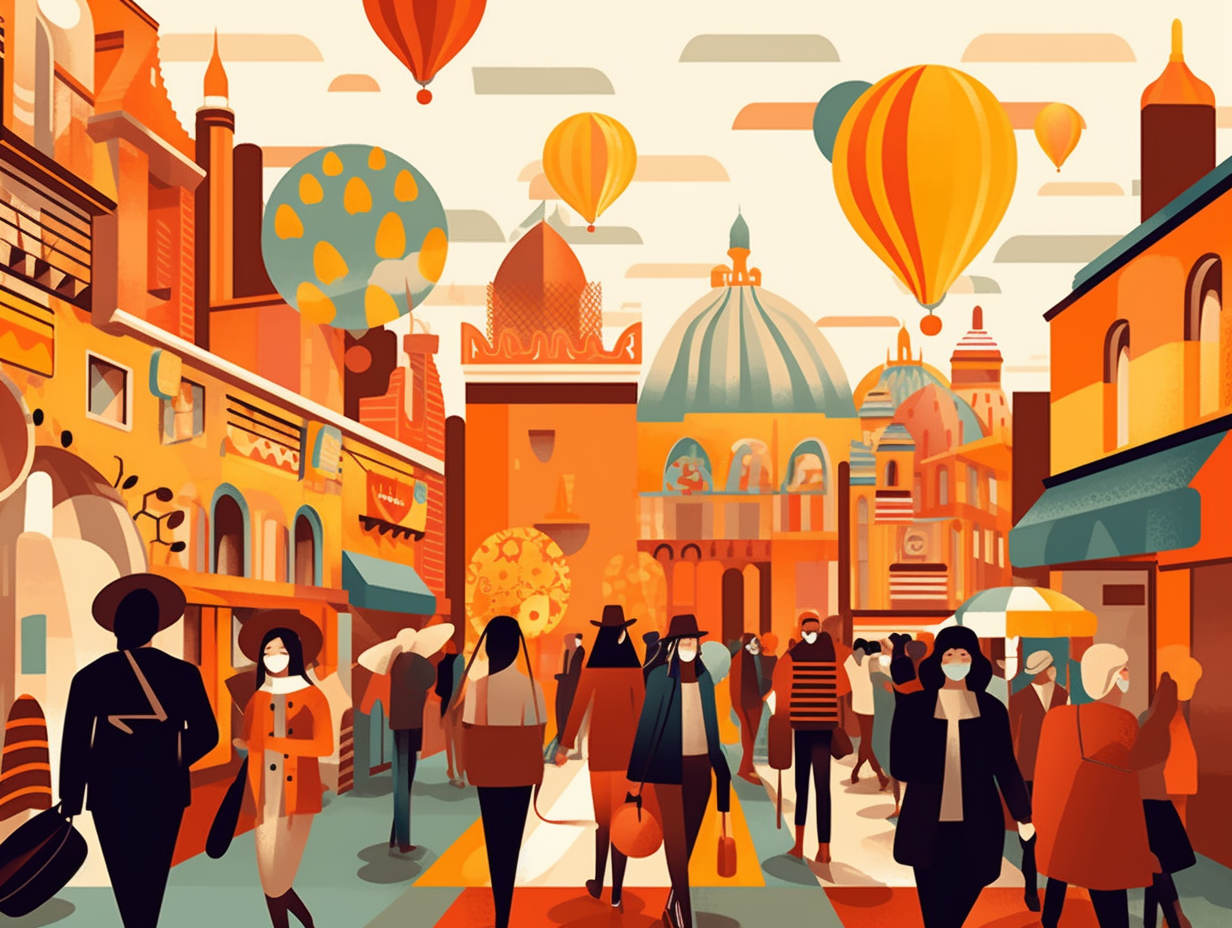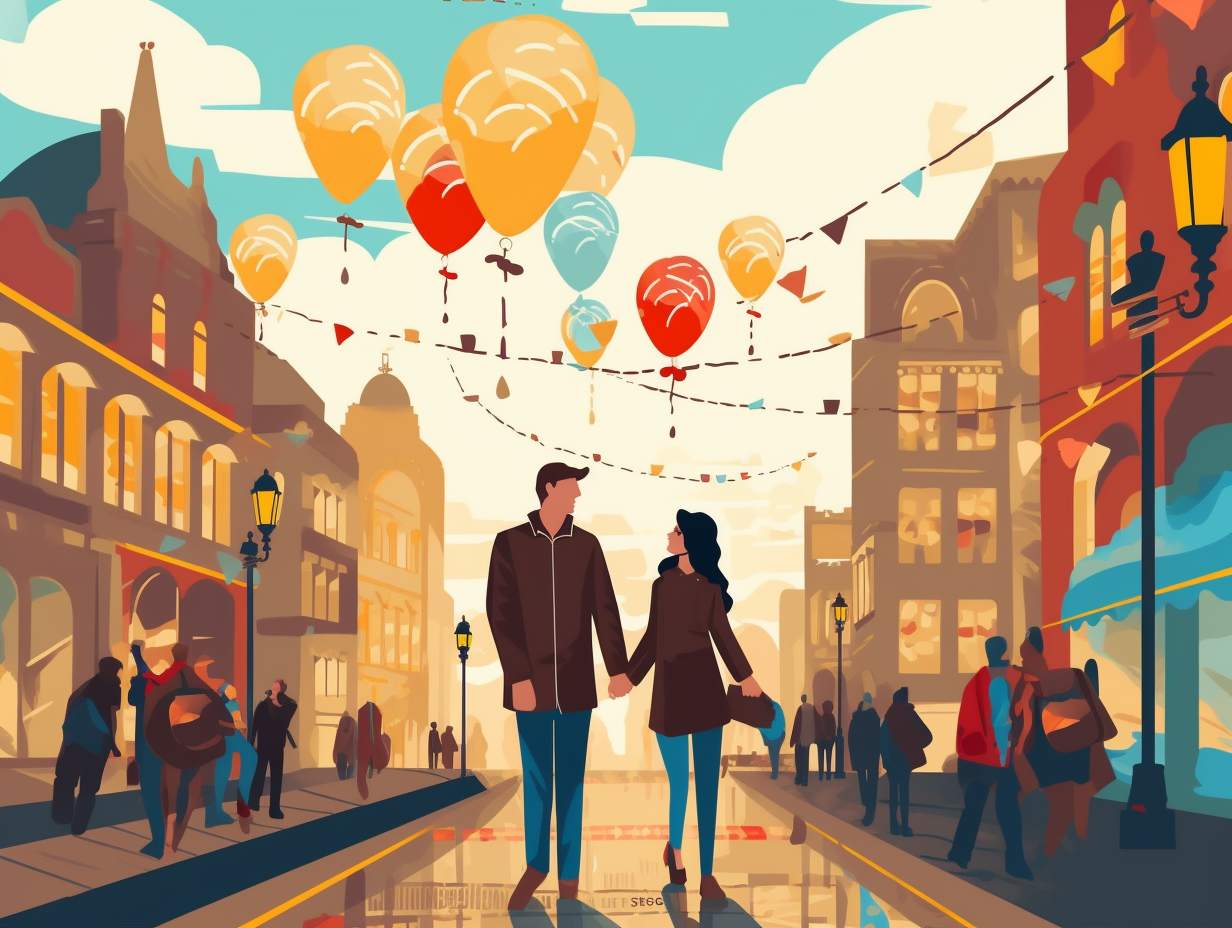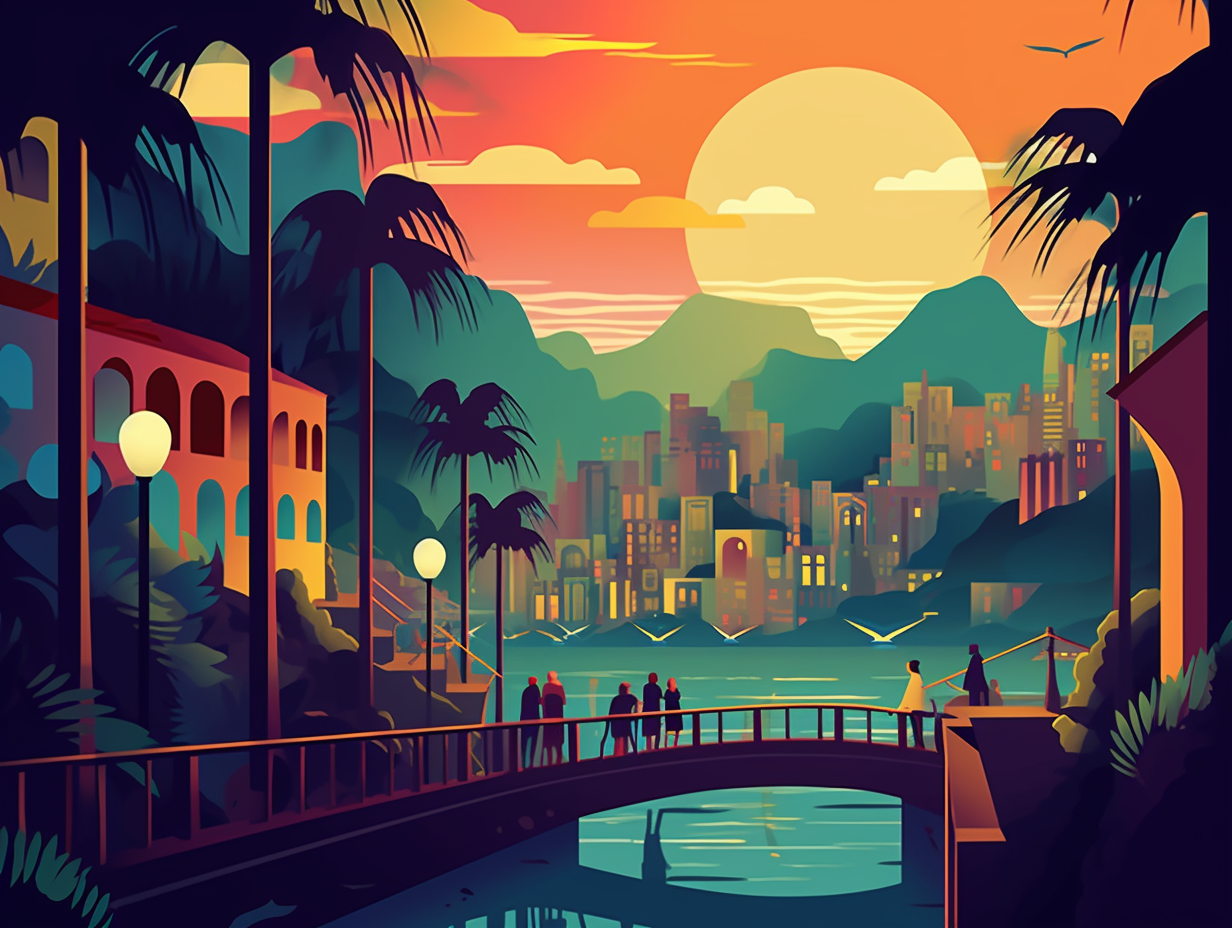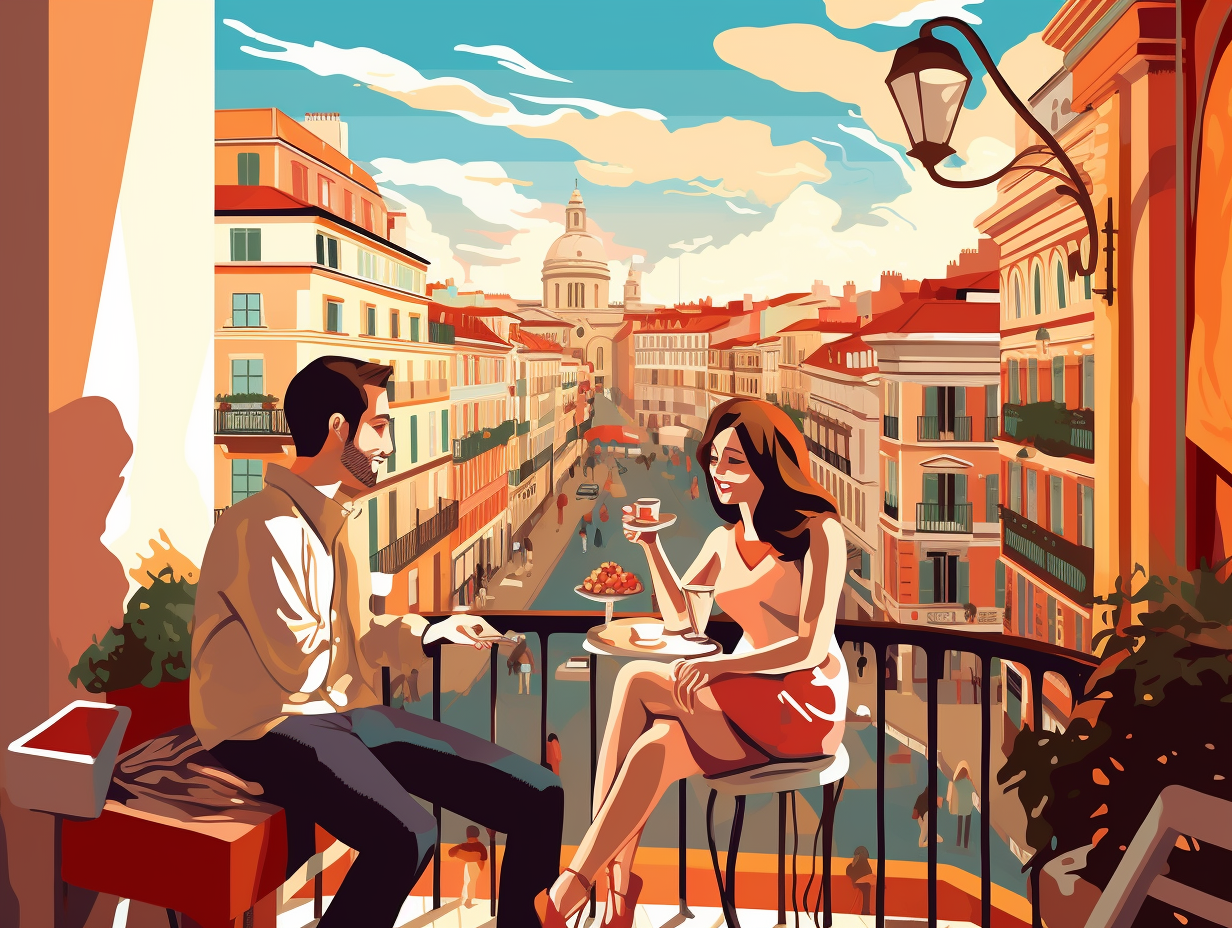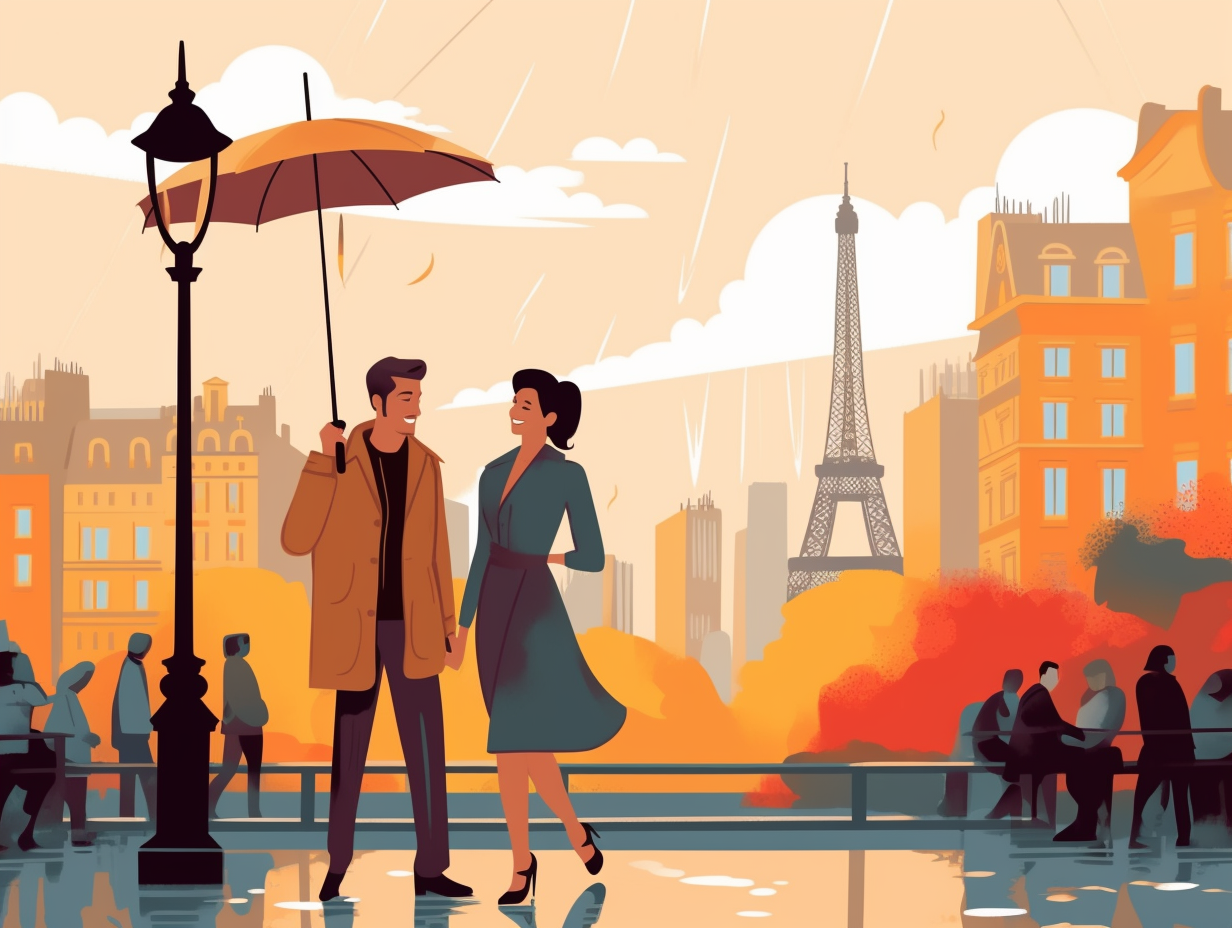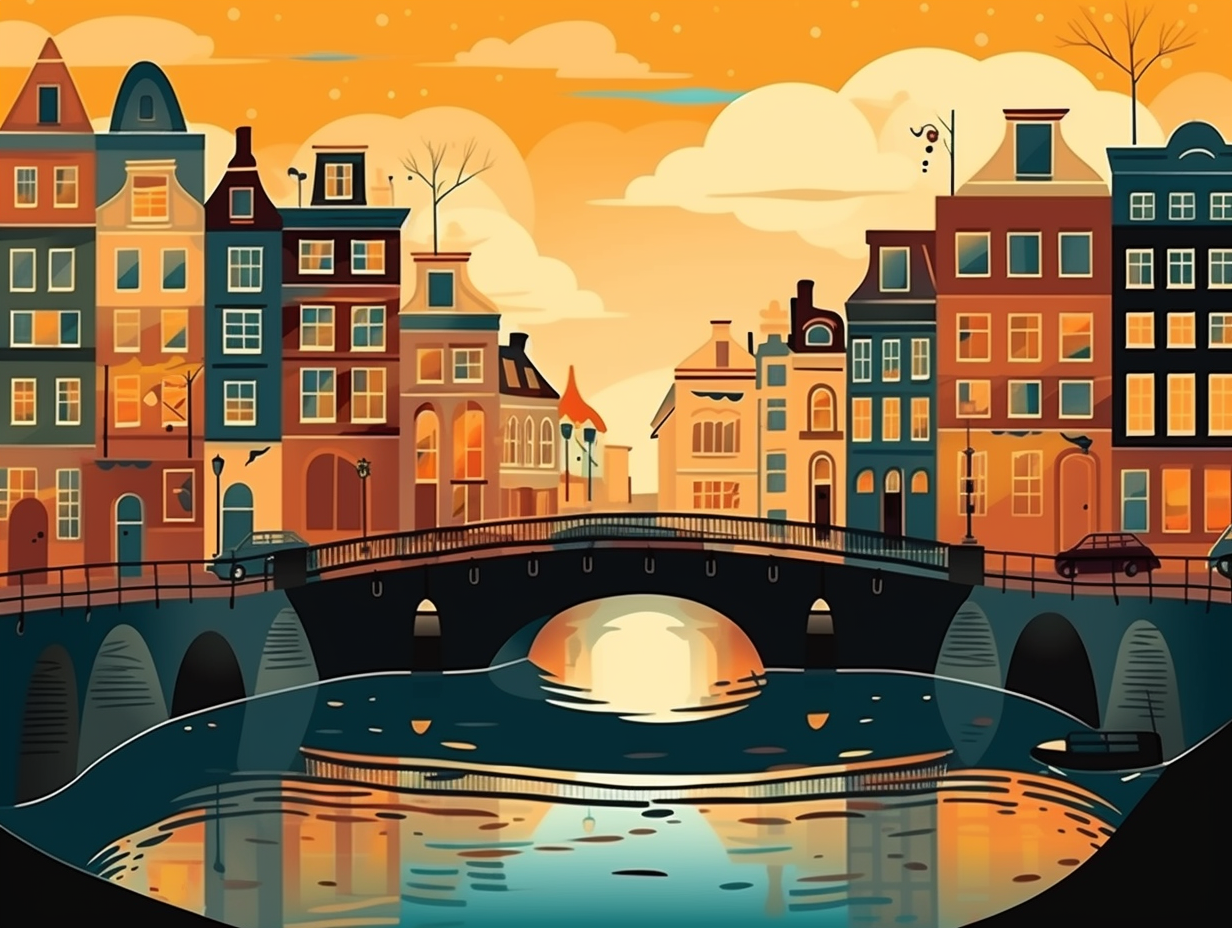Discover Antigua Guatemala: 12 Fascinating and Fun Facts You Never Knew!

1. Nuns on the Run: Antigua's Baroque Beauty
Hold onto your Habaneros, architecture enthusiasts and Nuns on the run: Antigua Guatemala, the city that played "What Not to do in an Earthquake" back in 1773, stands as a testament to Baroque beauty and monastic life. With its preservation of the Renaissance grid plan and its array of churches and monasteries, Antigua Guatemala still boasts a unique export - Spanish colonial style, sans any pesky building regulations.
Source => whc.unesco.org
2. A City with a Weighty Name: St. James' Antigua
Knock, knock! Who's there? Saint James, bearing the keys to a charming city with a weighty name: Antigua Guatemala, or as it was known back in the day, Santiago de los Caballeros de Guatemala, was once the capital of the Captaincy General of Guatemala during the Spanish colonial period. Despite being rattled by the infamous 1773 Guatemala earthquake, this UNESCO World Heritage site still stands proud with its Spanish colonial architecture, museums, and cultural events, including celebrations of its founding Saint James' feast day!
Source => en.wikipedia.org
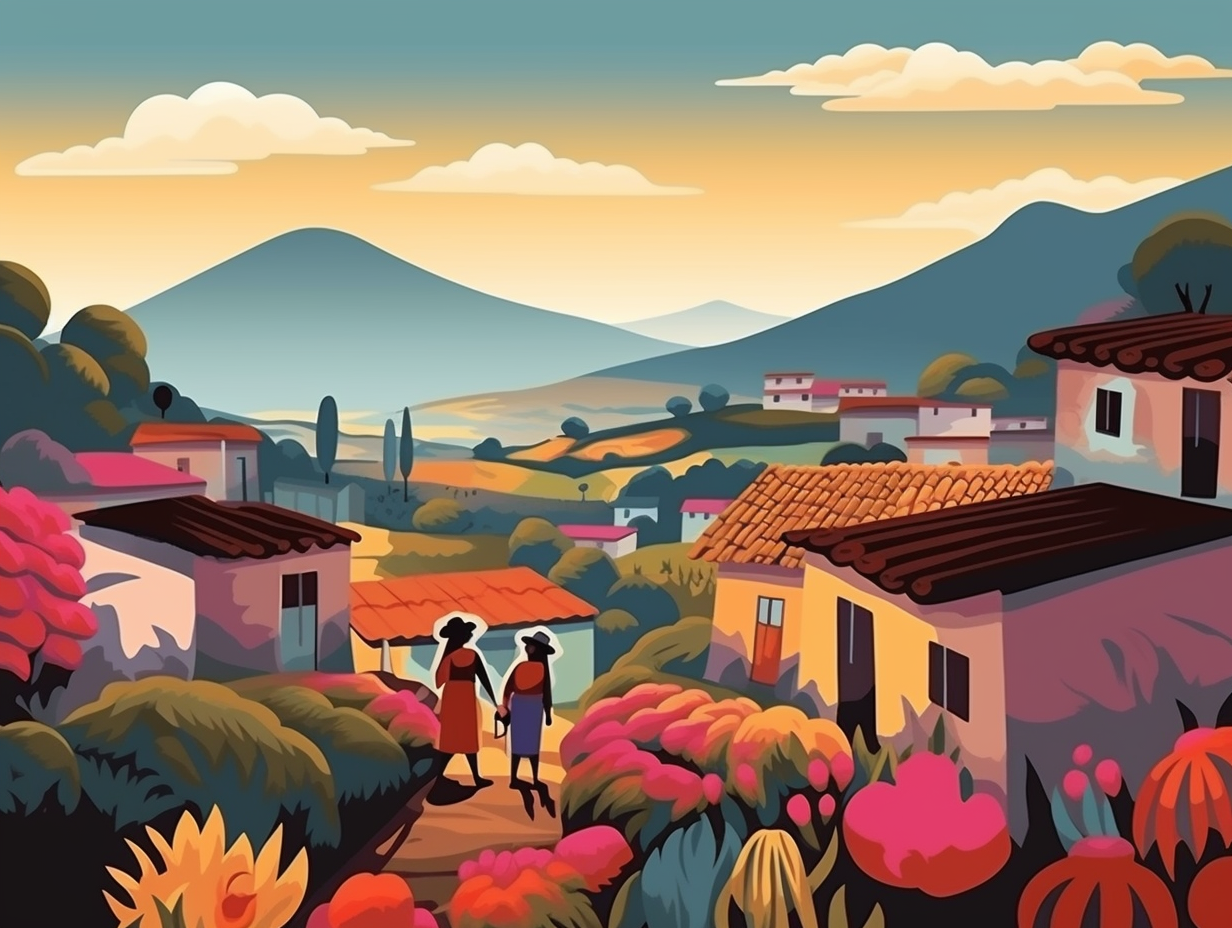
Did you know avocado-loving ancient Mesoamerican cultures like the Mokayas were already enjoying this delicious fruit around 8000-7000 BC, way before the wheel was even invented? Discover the fascinating history of avocados and their spread across civilizations!
=> Fun Facts about Guatemala
3. Extreme Makeover: Ancient Architect Edition
If ancient architects had a time-traveling reality show, Antigua Guatemala would be their "Extreme Baroque Makeover" winner: a city boasting beautifully preserved Spanish Baroque architecture, it flaunts its UNESCO World Heritage Site status since 1979, making it a cultural getaway for history buffs and aesthetic aficionados alike.
Source => volcano.si.edu
4. Chicken Bus: Antigua's Vibrant Transit
Who says chickens can't fly? Witness them cruising down Antigua Guatemala at high speeds – well, sort of: The country boasts a fleet of vibrantly decorated "chicken buses," which are retired US school buses revamped with colorful artwork and no seat belts. While actual chickens aren't frequent passengers, these buses not only offer a budget-friendly, authentic transportation option, but also reiterate that in Antigua, there's always room for extra sizzle!
Source => worldnomads.com
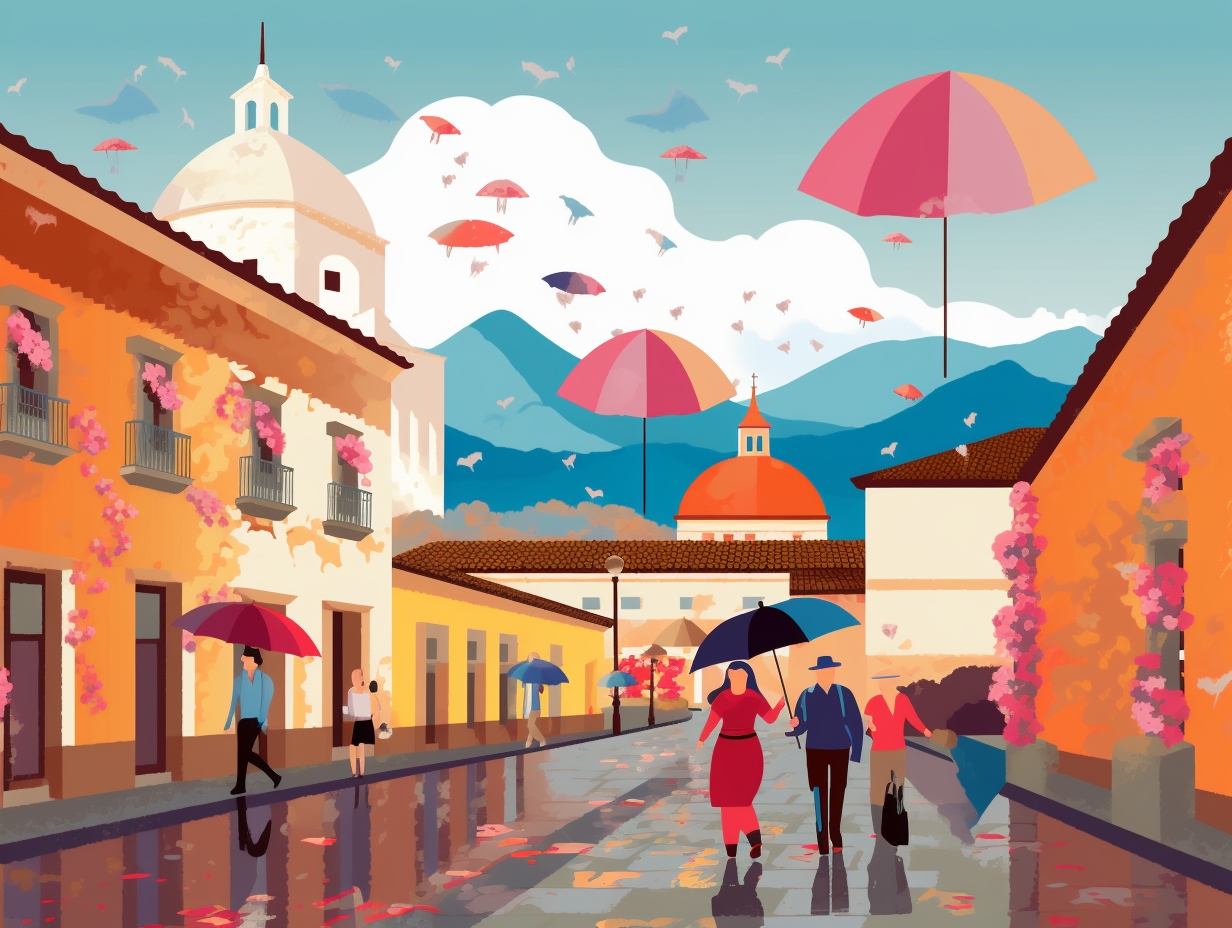
5. Baro-quake: Stucco's Revenge
If Antigua Guatemala were an action movie, it would be "Baro-quake: Stucco's Revenge," where deeply-carved tympanums rise and low bell towers fight against the wrath of Earth's constant tremors: Beneath its humorous facade, Antigua Guatemala is actually known for its stunning Spanish colonial architecture, specifically the Barroco antigueño style, which was ingeniously designed to withstand the frequent seismic activities the region experiences.
Source => whc.unesco.org
6. Antigua's Expressive Mural Makeover
In a colorful twist of fate, the walls of Antigua Guatemala had no choice but to surrender their stony exteriors to the whims of their expressive assailants: these masterpieces, known as murals, have been sponsored by organizations like Colour4Kids, Urban HeART, and Meson Panza Verde, and adorn various locations such as a special needs school in San Martín Jilotepeque and the new elementary school in El Hato.
Source => muralarteguate.org
7. The Floor is Divine Lava: Holy Week Carpets
In a divine game of "The Floor is Lava," Antigua Guatemala locals pay temporary artistic tribute to the Almighty: During Holy Week, they create short-lived "alfombras" (carpets) on the streets using colorful wood chippings, pine needles, flowers, and sawdust, only for these beautiful offerings to be trampled by Jesus-inspired processions, leaving a colorful chaos in their blessed wake.
Source => theworld.org
8. La Recolección: A Picturesque Ruin
When life gives you lemons, make lemonade – or build a church and monastery upon a shaky foundation: La Recolección in Antigua Guatemala was built in the early 1700s, only to crumble under Mother Earth's quaking wrath, resulting in a picturesque ruin frequented by picnickers and history enthusiasts today.
Source => tripadvisor.com
9. Antigua's Dazzling Sawdust carpets
If Hollywood ever needs a red carpet alternative, they should consider Antigua, Guatemala's sawdust carpets: During their annual Holy Week celebration, intricate alfombras, made of dyed sawdust, flowers, seeds, plants, vegetables, and pine needles, are crafted along the parade route, only to be trampled by procession marchers in a 12-hour-long colorful and culturally rich event.
Source => transitionsabroad.com
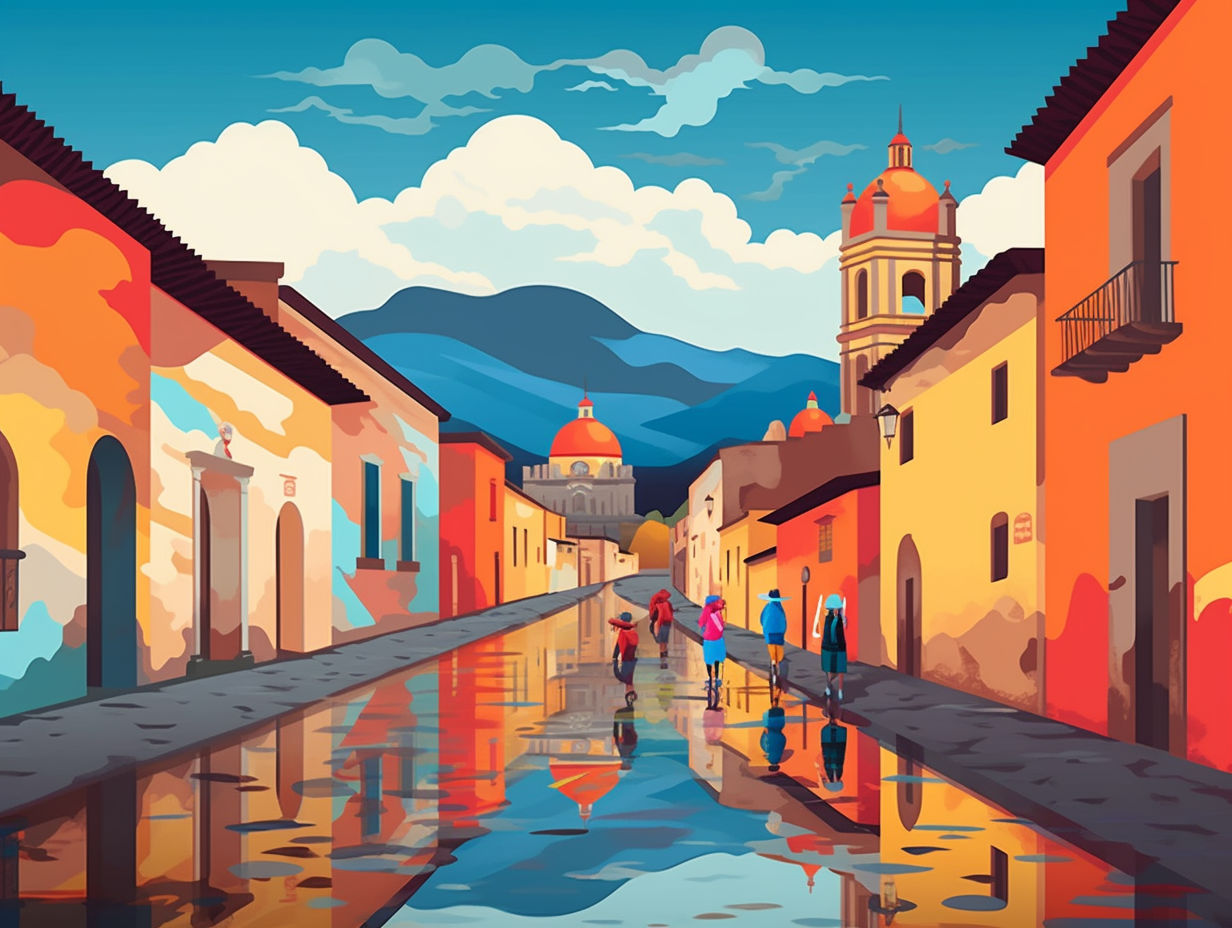
10. Cobblestone & Caffeine: Antigua's Cultural Blend
If you're craving a cup of culture with a side of cobblestones, look no further than the irresistible, caffeine-kissed charm of Antigua Guatemala: Home to a delightful blend of ancient churches, monasteries such as the San Felipe Chapel, and just a stone's throw from the Filadelfia Coffee Resort, this city's colonial center is a feast for the eyes and soul, all within a compact 2.5 km radius.
Source => filadelfiacoffeeresorttour.com-hotel.com
11. Heavenly Hotel: Convent Turned Luxury
What do you get when you mix an earthquake-shattered convent, a team of determined preservationists, and an innovative idea? A heavenly hotel with a unique history: The Convent of Santo Domingo in Antigua Guatemala, once one of the largest convents in the Americas during the 17th century, was left in ruins due to a devastating earthquake in 1773. Thanks to a restoration project in 1989, the rubble-ridden site has been transformed into the Hotel Museum Spa Casa Santo Domingo, a shining example of preserving the past while catapulting Antigua Guatemala's World Cultural Heritage Site status into the present day.
Source => casasantodomingo.com.gt
12. Life's a Baroque Stage: Antigua's Architecture
When designers in Antigua Guatemala heard the phrase, "life is but a stage," they took it quite seriously and gave their buildings a baroque backstage makeover: The city's charming and well-preserved Spanish colonial architecture features Barroco antigueño style with decorative stucco, central window niches, and low earthquake-resistant bell towers, all nestled within impressive 17th and 18th century marvels like the Palace of the Captains General and the Universidad de San Carlos.
Source => whc.unesco.org
Related Fun Facts

